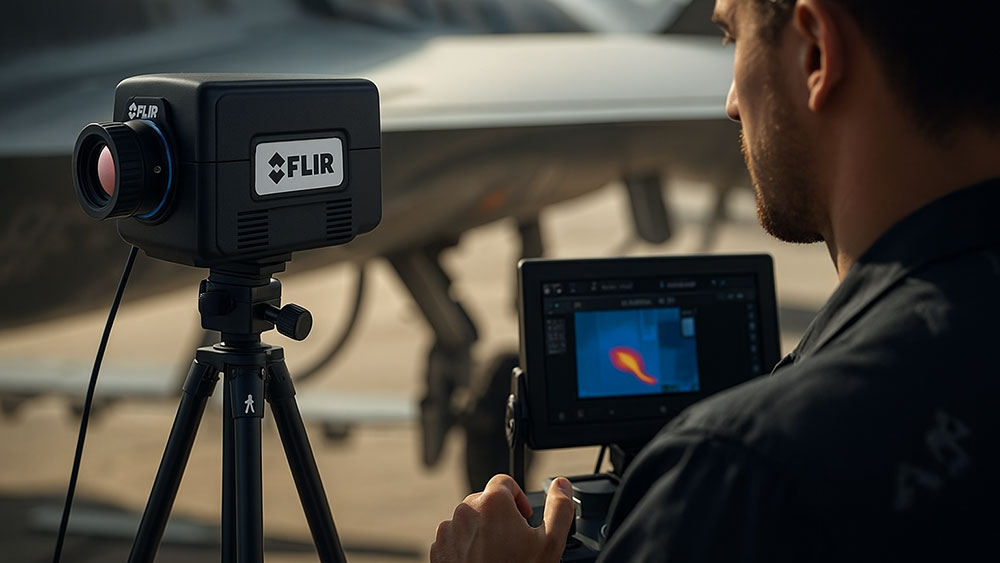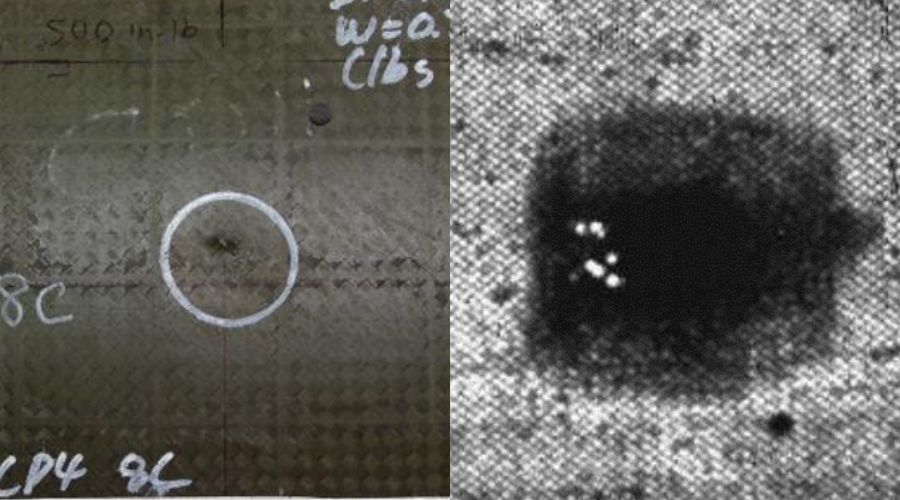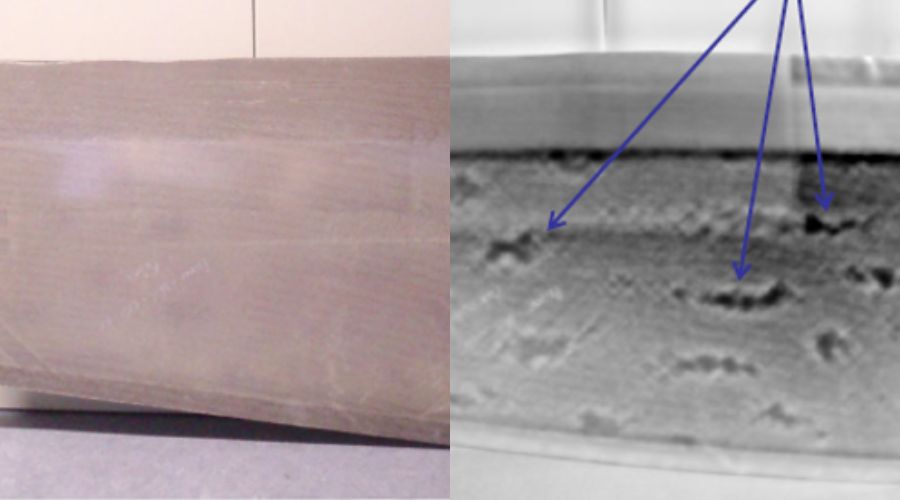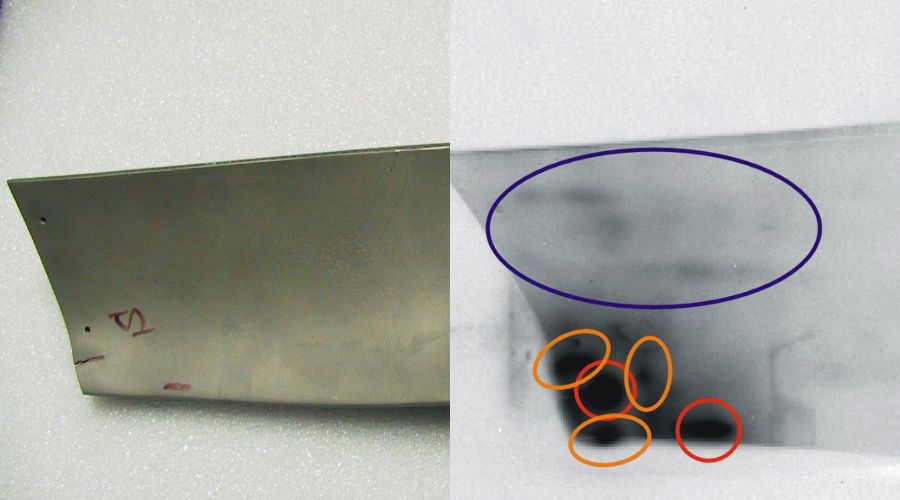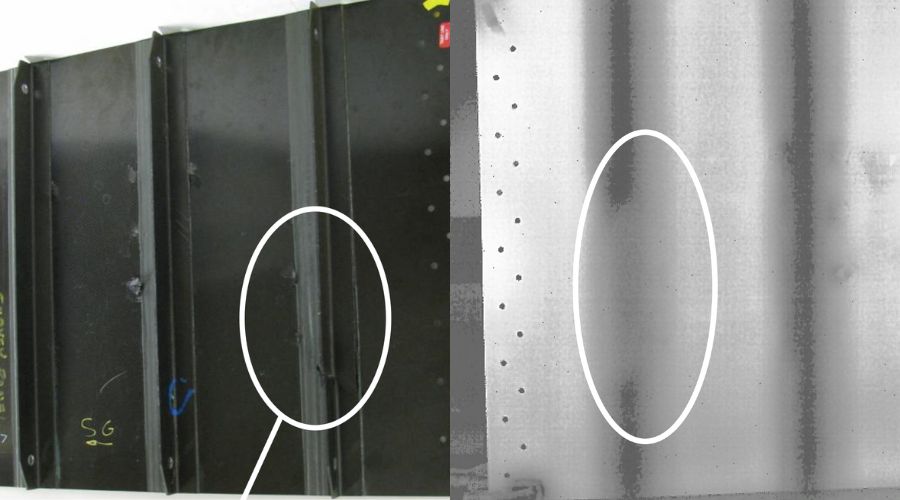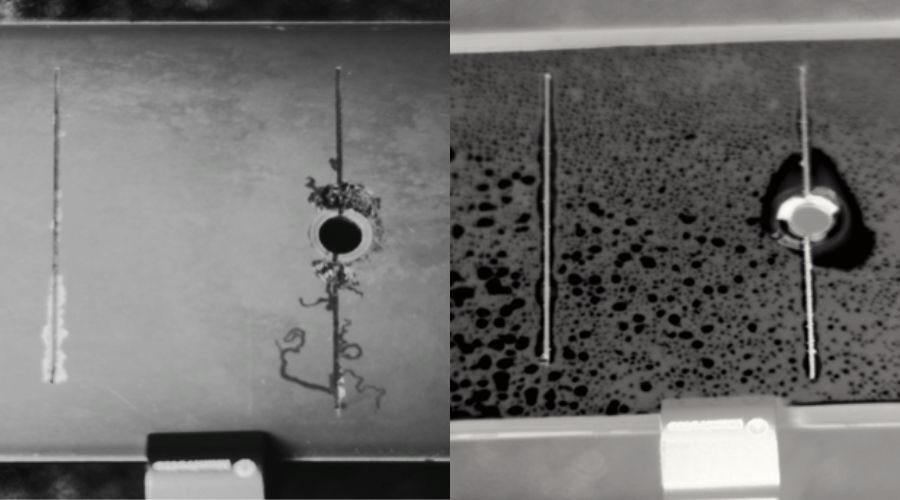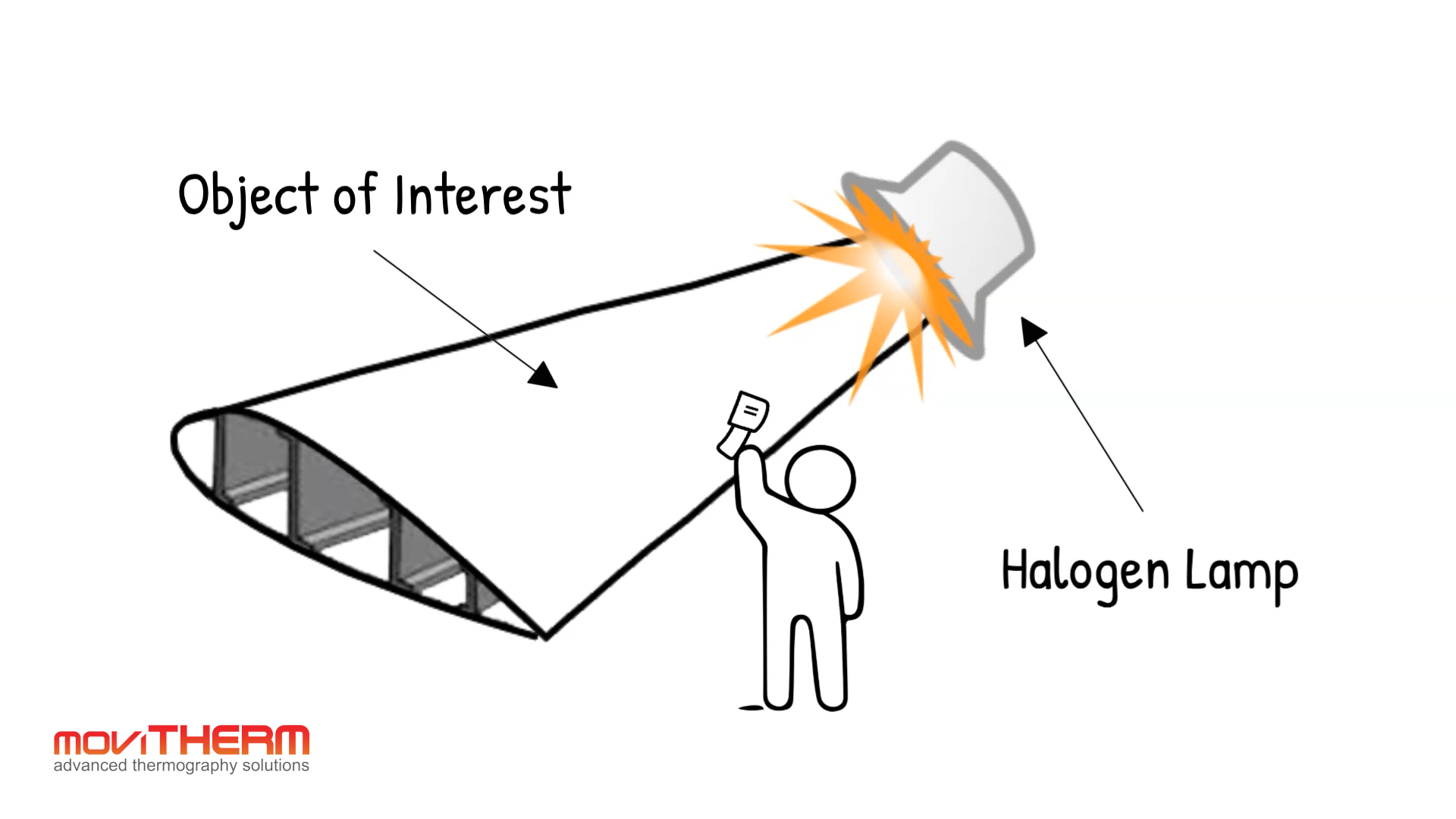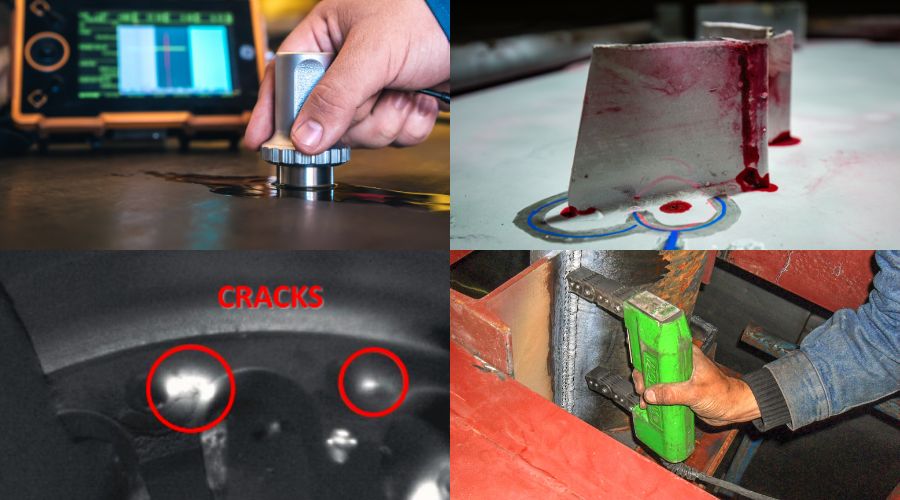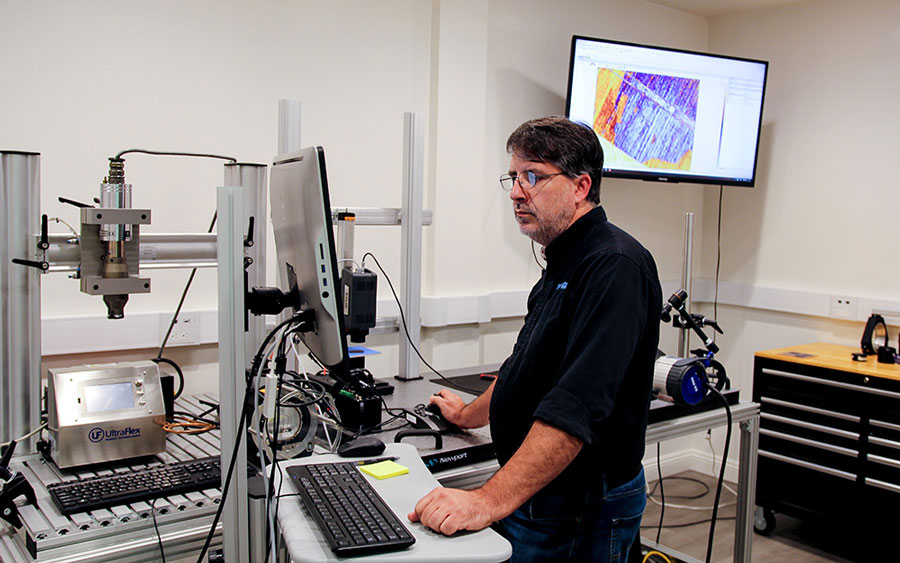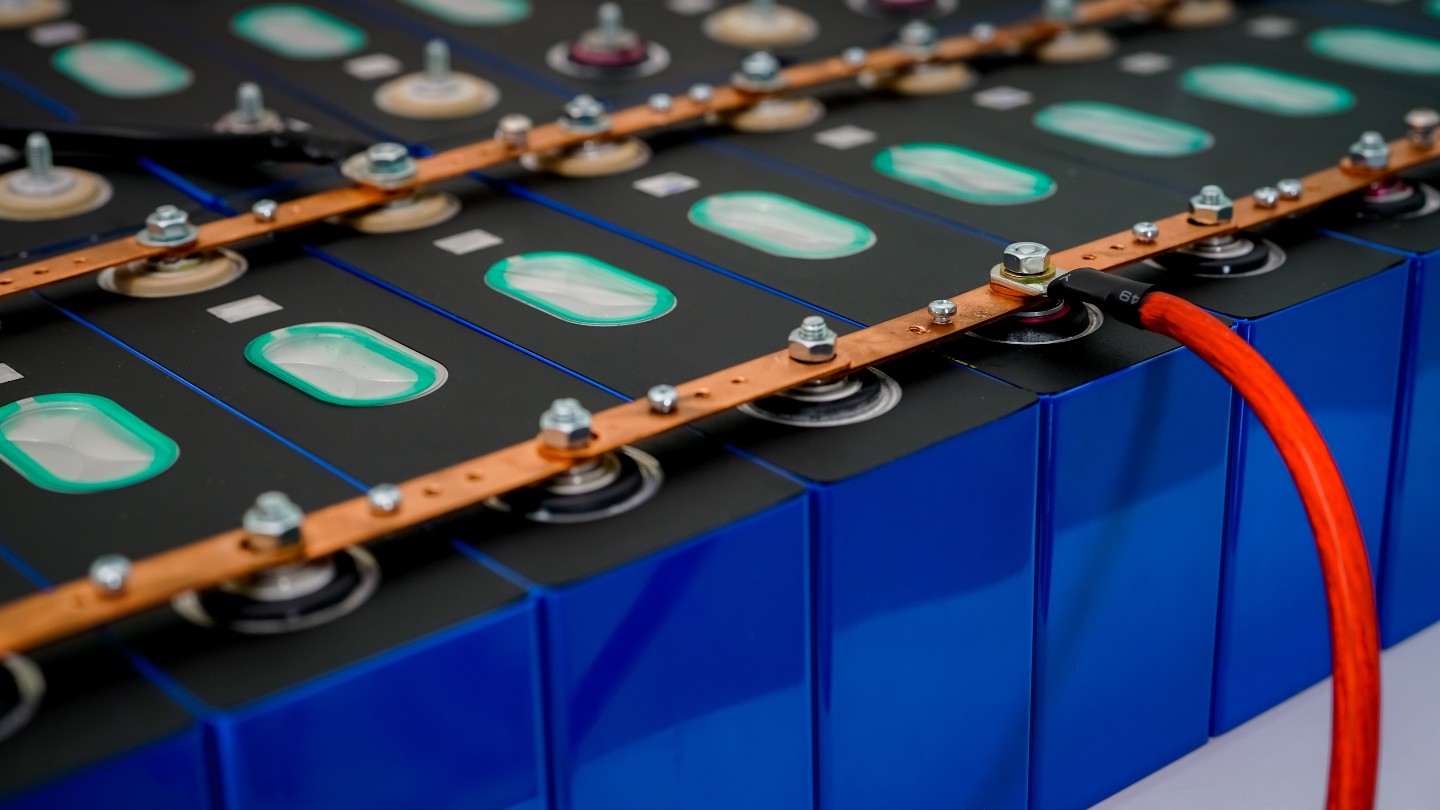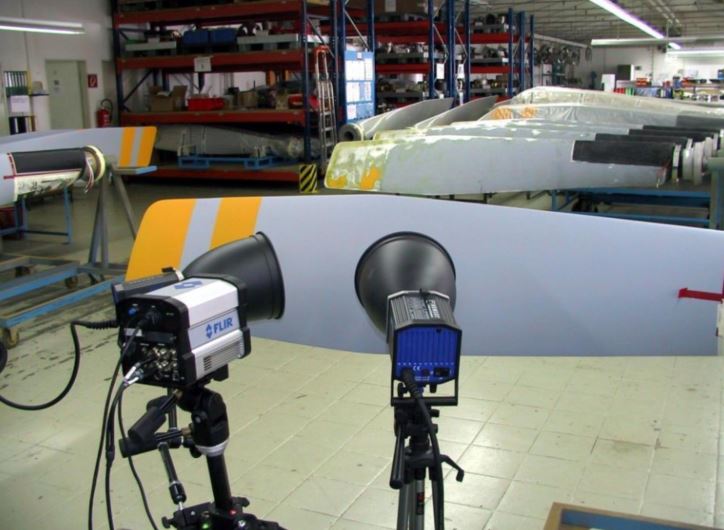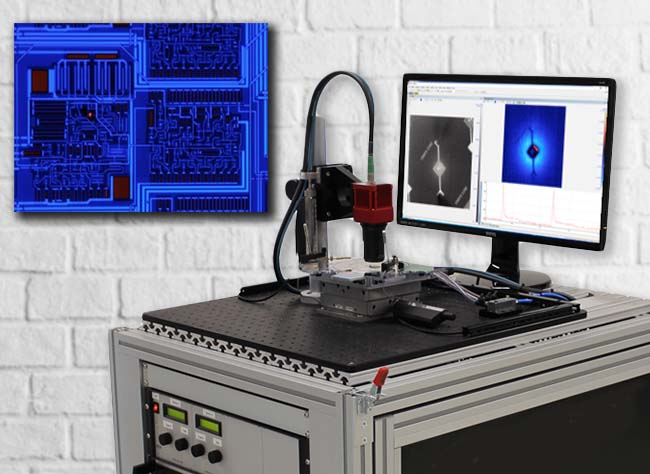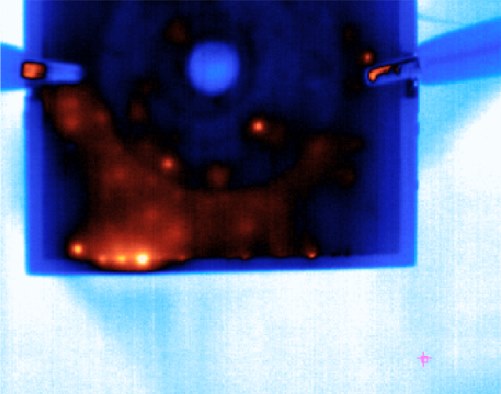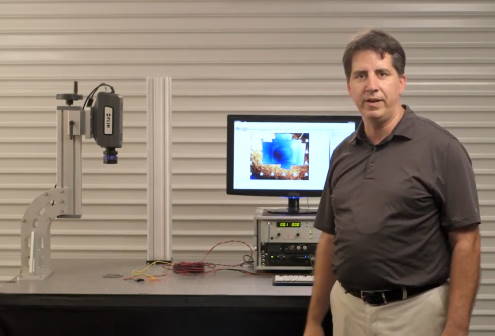Battery Testing During the Development Process Using Infrared
As battery technology advances at a rapid pace, the demand for high-performance and reliable energy storage solutions continues to rise. To meet these demands, battery manufacturers face the challenge of ensuring optimal quality during the development and production phases. One of the most effective ways to test batteries and identify potential flaws or defects is through active thermography.
This innovative technique harnesses the power of thermal imaging to uncover hidden problems, improve battery performance, and enhance overall quality assurance. In this article, we will delve into the world of active thermography and explore how it is revolutionizing battery testing during development and production.
What is Active Thermography?
Active thermography is a non-destructive testing method that utilizes thermal imaging to detect and analyze variations in temperature within an object or material. It involves subjecting the battery to an external energy source, typically a short burst of heat or light, and then capturing the resulting temperature distribution using an infrared camera. By analyzing the thermal patterns, engineers can identify defects such as delamination, internal short circuits, electrode malformation, and thermal hotspots, among others.
The Benefits of Active Thermography in Battery Testing
1. Early Detection of Defects
Active thermography allows for the early detection of hidden defects that might be otherwise undetectable by conventional testing methods. This enables manufacturers to address issues at an early stage, reducing costs associated with faulty battery production.
2. Non-Destructive Testing
Unlike destructive testing methods that require disassembling batteries, active thermography is non-destructive. It does not damage the battery, making it an ideal technique for testing large quantities of batteries during production without compromising their integrity.
3. Quick and Efficient
Active thermography provides rapid results, allowing for high throughput during battery testing. It enables manufacturers to streamline their quality control processes and identify defective units promptly, thereby reducing production time and costs.
4. High Sensitivity
The thermal imaging technology used in active thermography is highly sensitive, capable of detecting even subtle temperature variations. This makes it ideal for identifying internal defects and ensuring the overall quality and reliability of batteries.
5. Versatility
Active thermography can be applied to various battery chemistries, including lithium-ion, nickel-metal hydride, and lead-acid batteries, among others. This versatility makes it an invaluable tool for battery manufacturers across different sectors.
Implementing Active Thermography in Battery Testing
To implement active thermography effectively, battery manufacturers follow a systematic approach:
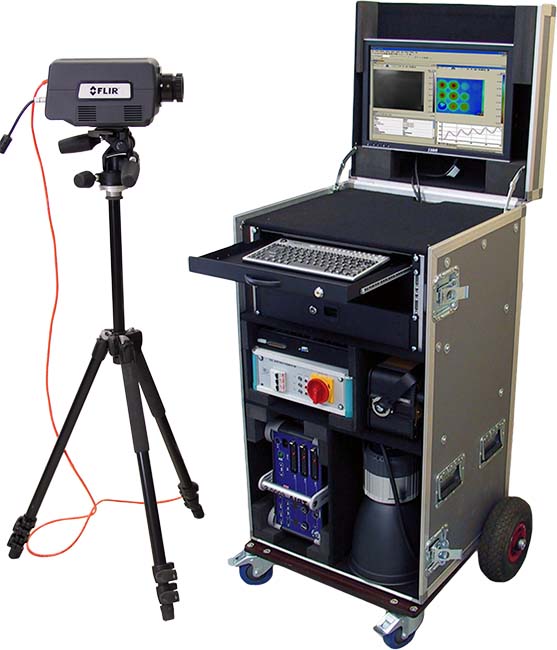
Thermal Camera Setup
A high-resolution infrared camera is used to capture the thermal patterns of the battery. The camera is positioned to capture the entire battery surface and has the capability to measure temperature variations accurately.
Thermal Excitation
A controlled heat source or light pulse is applied to the battery, causing localized temperature variations. This excitation is carefully designed to stress the battery without causing any damage.
Thermal Image Acquisition
The infrared camera records the temperature distribution on the battery’s surface in real-time during the excitation phase. The resulting thermal images provide valuable insights into the battery’s internal structure and potential defects.
Image Analysis and Defect Detection
Advanced image processing algorithms are employed to analyze the thermal images and identify irregularities. These algorithms can automatically detect defects such as delamination, internal shorts, and thermal hotspots, allowing for efficient defect classification and identification.
Quality Control and Feedback Loop
The defects identified through active thermography are logged and used to refine the manufacturing process. This information helps manufacturers improve their battery design, production techniques, and overall quality control measures.
Industries Harnessing the Potential of Active Thermography for Battery Testing
Active thermography for battery testing holds immense potential for a wide range of industries, enabling enhanced quality control, improved performance, and increased safety. Here are several industries that can benefit from the application of active thermography:
Electric Vehicles (EVs)
The electric vehicle industry heavily relies on battery technology, making active thermography a valuable tool for EV manufacturers. By utilizing active thermography, they can detect internal defects, identify thermal hotspots, and ensure the overall integrity of battery packs. This helps optimize battery performance, extend driving range, and enhance safety for electric vehicles.
Consumer Electronics: From smartphones and tablets to laptops and wearable devices, active thermography can benefit the consumer electronics industry. Manufacturers can use this technique to assess battery quality, identify potential issues like cell deformation or thermal abnormalities, and improve the performance and reliability of battery-powered consumer electronics.
Renewable Energy
Active thermography is applicable to energy storage systems used in renewable energy applications, such as solar and wind. By employing this technique, manufacturers can assess the performance and health of batteries integrated into energy storage systems. This ensures optimal energy management, improves system efficiency, and supports the stability and reliability of renewable energy generation.
Aerospace and Defense
The aerospace and defense industries rely on batteries for various applications, including aircraft systems, satellites, drones, and military equipment. Active thermography enables thorough battery testing, allowing manufacturers to detect internal defects, monitor thermal behavior, and ensure the reliability and safety of batteries in critical aerospace and defense applications.
Medical Devices
Medical devices often utilize batteries for portability and functionality. Active thermography can be instrumental in testing and validating the batteries used in medical devices, ensuring optimal performance and safety. By detecting potential issues early on, manufacturers can deliver reliable and efficient battery-powered medical devices.
Energy Storage Systems
Beyond renewable energy applications, active thermography is crucial for energy storage systems used in grid-scale energy storage or backup power systems. This technique assists in identifying defects, thermal hotspots, or aging effects within the batteries, enabling operators to optimize the performance, reliability, and longevity of energy storage systems.
Industrial Equipment and Machinery
Industries such as manufacturing, logistics, and construction rely on batteries for powering industrial equipment and machinery. Active thermography allows manufacturers to identify potential battery issues, monitor thermal behavior, and ensure the overall performance and safety of battery-powered equipment in demanding industrial environments.
Exploring the Potential: Feasibility Studies for Active Thermography in Battery Testing
At MoviTHERM, we understand that each industry and application has unique requirements and challenges. We recognize that some companies may be unsure if active thermography is the right solution for their specific battery testing needs. That’s why we offer feasibility studies as part of our comprehensive services. Our experienced team works closely with clients to assess their requirements, evaluate the feasibility of active thermography for their application, and determine the potential benefits and limitations.
Our feasibility studies serve as a valuable tool in determining the viability and effectiveness of active thermography, enabling companies to optimize their quality control methods and achieve superior results. With MoviTHERM, you can have confidence in exploring the potential of active thermography for your battery testing needs, backed by our expertise and commitment to delivering tailored solutions.
About moviTHERM
moviTHERM – Advanced Thermography Solutions was founded in 1999. The company offers solutions for plastic welding, package sealing, and non-destructive testing. In addition, moviTHERM provides IoT Cloud monitoring solutions for thermal imaging applications for early fire detection, machine condition monitoring, and other applications. moviTHERM is a Teledyne Flir Premium Partner and master distributor for FLIR Thermal Cameras for automation and science applications.




